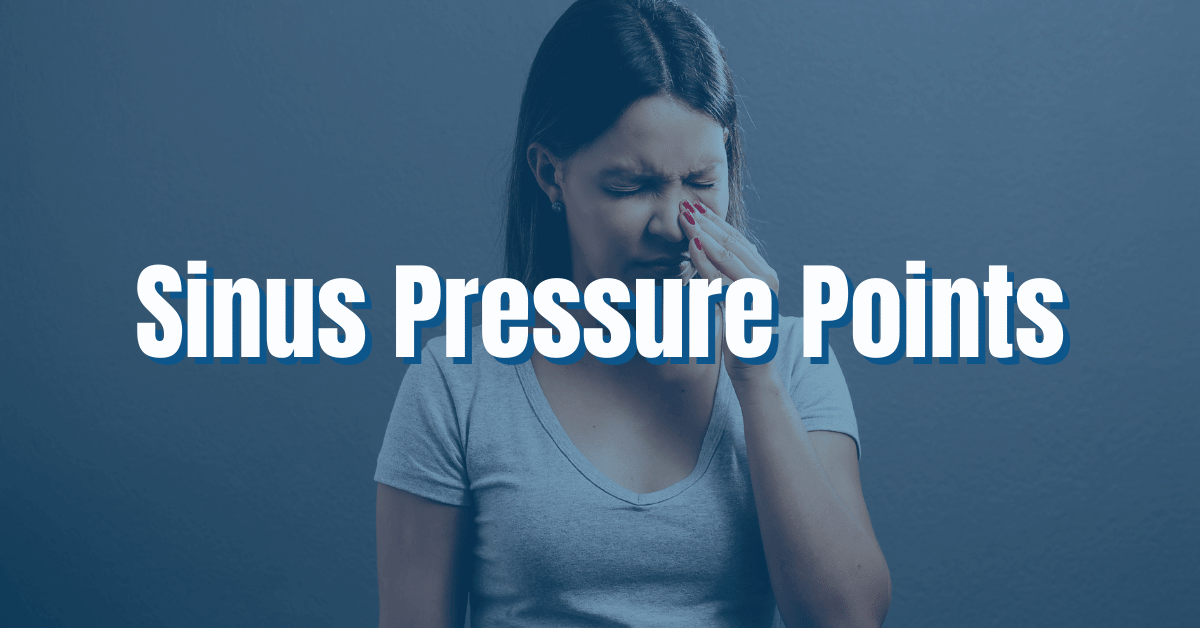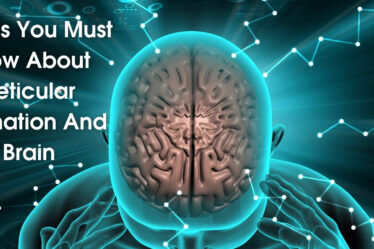
Introduction
The hollow areas or cavities in the bones around the nose are known as the sinuses. Your sinuses create mucus or fluid. The mucus runs down the back of your throat and into your nasal cavity. It removes dust, allergies, and bacteria from your nasal passages while also keeping your nose wet. There are four sets of sinuses that are related to your nose, and they are:
- In the hollows of your cheekbones on each side of your nose.
- Just above your eyes, and close to the center of your forehead.
- Between your eyes and the bridge of your nose.
- Behind your eyes.
What Are Sinus Pressure Points?
Acupuncture, which is a kind of traditional Chinese medicine, is where the concept of pressure points was first introduced. During an acupuncture session, the practitioner will use tiny needles to stimulate various sites throughout the body. The aim is to move the Qi, also known as vital energy, that has been stuck in one place.
Acupressure is a technique that includes stimulating acupuncture points not with needles, but with pressure instead. Stimulating the pressure points in the sinuses helps to relieve congestion in some people’s noses.
In the United States, alternative treatments such as acupuncture and acupressure are often used to treat nose issues. Researchers conducted a study in 2006 among over 300 certified acupuncturists and discovered that 99 percent of them have treated clients for persistent sinus and nasal issues.
[Read More – What Foods are Rich in Fiber? High-Fiber Foods Set Trends]
Acupressure And Acupuncture For Sinuses
Acupuncture is used to treat a variety of problems, including persistent pressure in the sinuses. It is over 99 percent of acupuncturists in the United States treat sinus issues. Also, In a similar vein, the Cleveland Clinic suggests employing acupressure to ease the pressure that is caused by allergies in the sinuses.
Although more investigation on the use of acupressure to treat sinus problems is necessary, this technique may help enhance blood flow, relax muscles, and assist in the drainage of mucus from the sinuses. You may treat your sinus troubles with acupressure if you want to. It won’t take more than a few minutes at most.
- You can locate the places on your face more easily with the use of a mirror.
- At least three minutes should be spent on each location with pressure that is both hard and mild. You may use the tips of your fingers or thumbs, or you can use a thin, blunt instrument like the eraser on the end of a pencil.
- It continues doing so for several days.
You may apply pressure to the acupressure points, or you can gently massage the region with your fingertips or move your fingers around circularly. A licensed acupuncturist will also be able to provide you with acupressure therapy on a professional level. There are massage therapists who employ acupressure points.
Does Sinus Pressure Point Stimulation Work?
There has only been a negligible amount of study done on how beneficial acupressure is for treating sinus issues. Instead, traditional acupuncture is the subject of most of the research conducted in this field.
For instance, a pilot study published in 2009 in the American Journal of Rhinology and Allergy reliable Source found that conventional acupuncture was substantially more effective in relieving nasal symptoms than a placebo version of the therapy.
It is essential to point out that this research did not look into acupressure, and there were only 24 people who took part in the study.
It conducts in 2018 on four previous studies that evaluated the use of acupressure as a therapy for respiratory allergies, including those that induce nasal inflammation and stuffiness. The researchers could not determine whether or not acupressure was useful since there was insufficient data from clinical trials and the risk of bias was high or unknown.
[Read More – Can Allergies Cause Swollen Lymph Nodes?]
How To Stimulate Pressure Points?
A person practices acupressure by stimulating certain pressure points on their own body via self-massage. These are the steps that the University of California, Los Angeles (UCLA), recommends for those who are just starting:
- Relax in a posture that is comfortable for you, shut your eyes, and take several slow, deep breaths.
- You need to select a pressure point, then apply pressure on it with a finger.
- For some minutes, move the finger around in circles or in an up-and-down motion.
- Use deep, forceful pressure.
A person may also consult with another individual to have someone else massage the pressure spots on their body for them. Maintaining a steady practice routine of the method could provide greater outcomes. Stimulating pressure points shouldn’t cause any discomfort. If it happens, you should either lighten the pressure or discontinue the massage altogether.
Pressure Points For Sinus Relief
| Point Name | Location | Benefit |
| LI19 | Halfway between the bottom of the nostril and the lip | Nasal congestion, jaw disorders, facial muscle paralysis |
| LI20 | 0.5 cun to the side of the groove of the nostril | Nasal congestion, respiratory disorders, facial swelling |
| BL2 | Between the bridge of your nose and the inner side of your upper eyelid | Relieve pressure in your sinuses and around your eyes |
| Yintang | Between the eyebrows | Relieve a stuffy or runny nose, sinus headache pain |
| SI18 | Both sides of your nose, just below the cheekbones | Soothe swollen sinuses and a runny nose |
| ST3 | Level with the lower border of the nostril and in line with the pupil when the eyes are facing forward | Sinus pain, dental pain, facial muscle paralysis |
| GB20 | Back of your head | Sinus pressure symptoms, headache and watery eyes, and cold and flu symptoms |
| LI4 | Back of your hands | Soothe headaches and facial pain |
| LU5 | Inside of each elbow | Relieve sinus congestion and pressure. relieve pain and a runny nose |
| LU9 | Inside of each wrist | Relieve throat symptoms from a sinus infection |
| Liv3 | Chong pressure points are on your feet, just back from your big toes | Relieve headaches and pain around your eyes |
| EX-HN 3 | In the middle of the gap between the eyebrows | Sinus problems, frontal headaches |
Tips On Pressure Points For Sinuses And Nasal Congestion
- Before attempting to conceive naturally or while pregnant, it is important to discuss acupressure points with your healthcare provider. Some pressure locations might induce labor.
- Acupressure is a technique that may help ease pain and other symptoms almost immediately. As you continue to apply pressure on the specified locations, you can feel a tiny release of the pressure.
- It’s possible that you won’t feel anything from the acupressure therapy for many days after you’ve continued it. The region shouldn’t feel any discomfort from the pressure, nor should it bruise easily.
[Read More – Total Contact Cast: Causes and Things to Consider]
Conclusion
Your sinus issues may improve if you try acupressure. Severe infection is beyond its ability to treat. If you have a bacterial sinus infection, still have antibiotic therapy.
If allergies are the source of your sinus problems, avoiding allergen triggers like pollen and dust may help treat your condition. Talk to your primary care provider about which over-the-counter allergy drugs will work best for you. Before you discover relief from your sinus issues, you may need to apply pressure to the spots many times each day for several days in a row.



